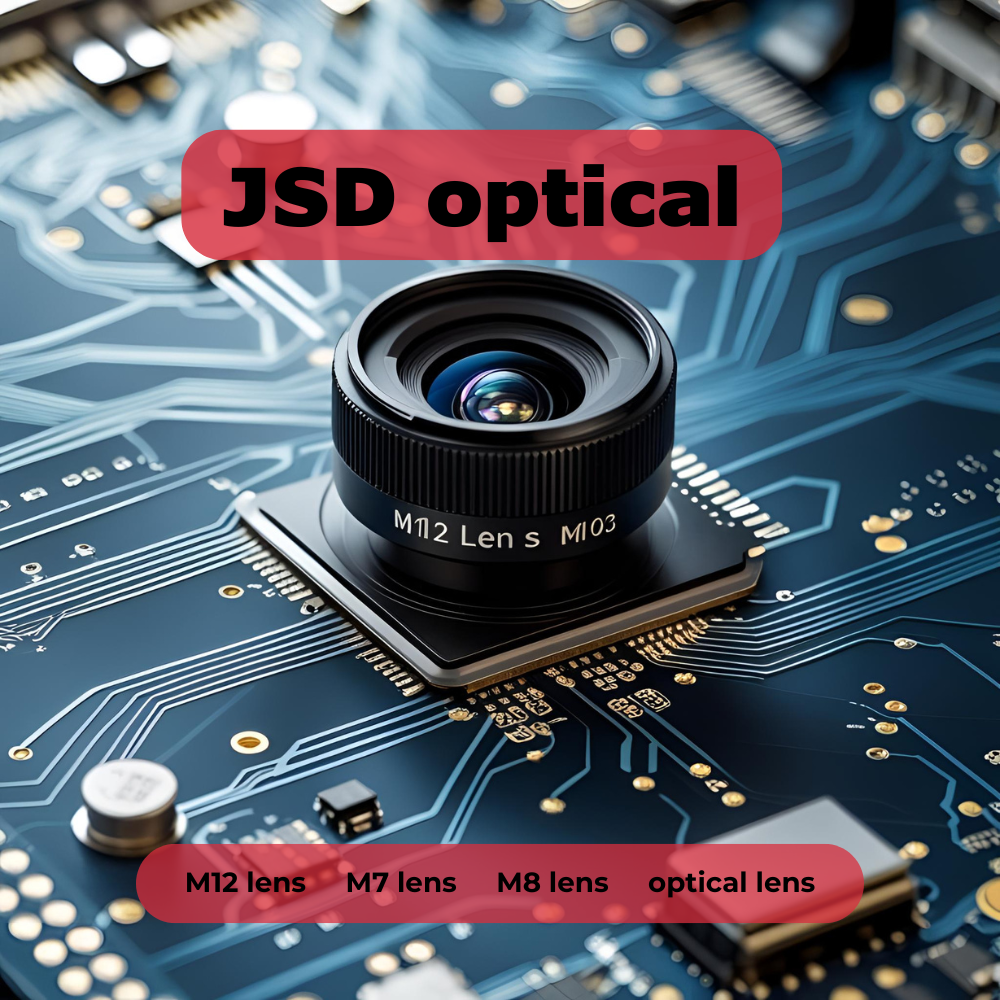JSD Optical Solutions: Reinventing the Visual Perception Chain in Video Conferencing

Breaking Through Three Critical Optical Bottlenecks
1.Eliminating Geometric Distortion
Standard wide-angle lenses suffer from >3% distortion, stretching faces at screen edges (oval→round) and warping whiteboard coordinates (straight ines→curves)—forcing 20ms of computational correction.
JSD’s breakthrough: Aspheric stacking + reverse optical power distribution slashes distortion to <1.5% (e.g., 0.5% in JSD1328). Ensures <2cm shoulder-width error for edge-seated participants in 30-person rooms and <0.8% text deformation on hared whiteboards.
2.Winning the Space-vs-Performance Trade-off
Traditional 4K lenses demand >30mm TTL, forcing devices to be ≥50mm thick—too bulky for slim conference panels.
JSD’s fix: Short-focus reverse-telephoto design:
Front group: Negative-power lenses expand FoV
Rear group: Positive-power lenses compress aberrations
Achieves 121° diagonal FoV (DfOV) in just ≈22mm TTL—35% shorter than competitors—enabling devices ≤25mm thick.
3.Conquering Low-Light Information Loss
In dim rooms (<50 Lux), standard lenses see SNR crash below 30dB.
JSD’s combo: F2.0 mega-aperture + 1/1.7-inch large sensor (70% larger photosensitive area vs. 1/2.7-inch). Delivers SNR >36dB images at 0.01 Lux (moonlight-level), with edge relative illumination (RI) >52%—ditching infrared fill lights.
Real-World Applications: Where JSD Optics Shine
1. Giant Boardrooms: Single-Lens Panoramic Coverage
JSD1329 (72° DfOV): Covers 12m U-shaped tables in one shot.
Paired with AI framing: Splits 16 close-up feeds (resolving details equivalent to 30 micro-solder joints per frame)、Face ReID tech tracks moving speakers with <3-pixel drift.
2. Medical Consultations: Macro + Wide-Angle Fusion
JSD0326 (3.75mm TTL) for endoscope assistance:100° vertical FoV covers 8×6 mm² surgical zones,Spots ≤5μm vascular plaques at 5mm working distance.
3. Emergency Command Centers: Built for Extremes
JSD3020’s IP69-rated toughness:Survives 100-bar water jets (mud-flooded disaster sites),Delivers usable images in 0.5 Lux mine tunnels at -20°C~85°C.
